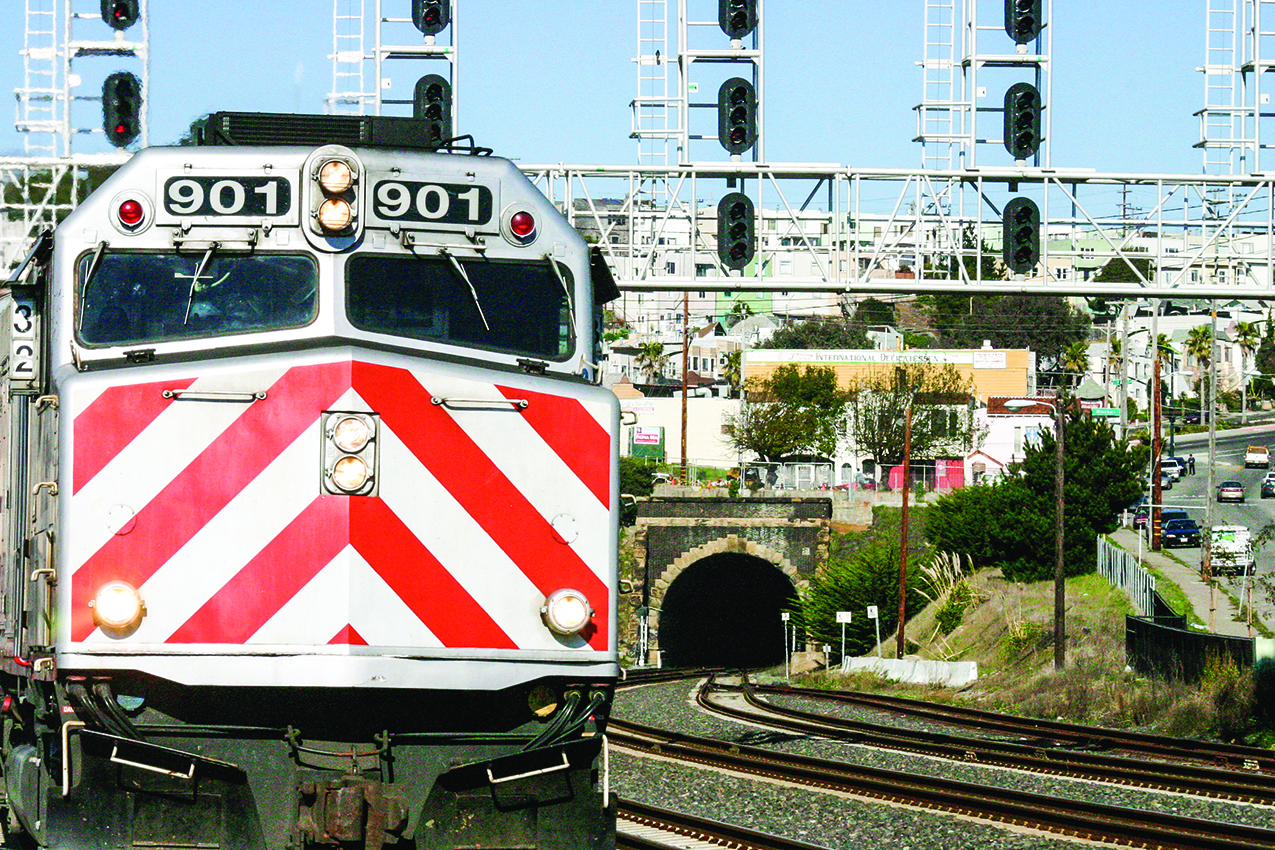NEW IN THE SECOND EDITION: 8 Canadian metro areas, San Juan, and Indianapolis, and updates to the other metro areas to reflect new extensions and add more photos and content.
57 metropolitan areas in the United States and Canada have rail transit or bus rapid transit. This section profiles all of them, and the 130 individual systems within them.
For each metropolitan area the book shows 2 maps. The first shows the physical form of the transit, showing different modes and whether they are within a street, at grade, elevated, in a subway, or in a freeway. The second shows how well the systems serve people and jobs, with the area within walking distance of frequent transit overlaid on population and employment density (see samples here.) All 94 of these maps are at the same scale, making it easy to compare one city to another.
For each system, the book has a profile with key information: size, ridership, age, and level of service. Large, small, high performing, and low performing systems are specifically called out, making it easy to make comparisons and find good examples.
In addition to the data, each metro area has descriptions, photos, analysis, and diagrams pointing our what's unique about that city, whats working and what isn't, and why that city made the decisions it did. There are a lot of thing other cities should emulate, and some cautionary tales as well.
At the beginning of this section, there's a list of similar systems -- to help find good useful comparisons -- and best and worst systems. At the end there's a sample of projects that should be built around the United States.
Here’s a sample Metro Area section, for a city’s that’s not in the book, Munich Germany: pdf file.















